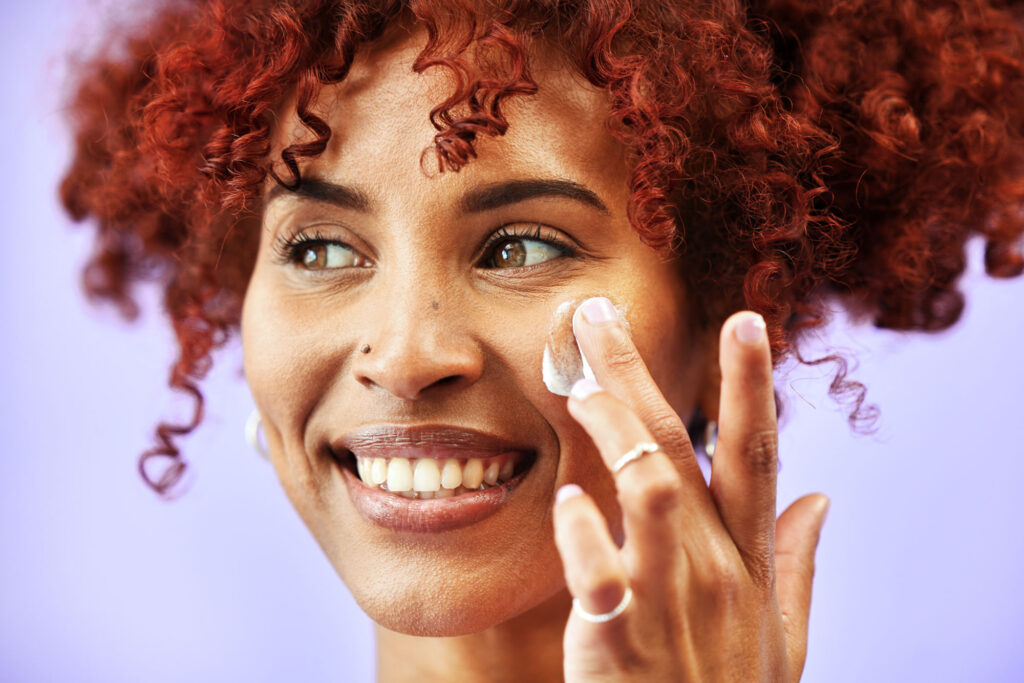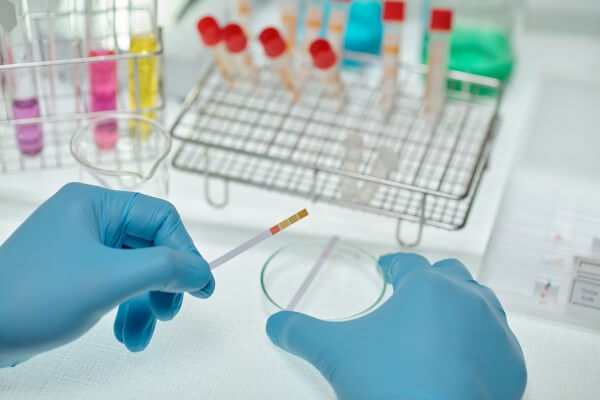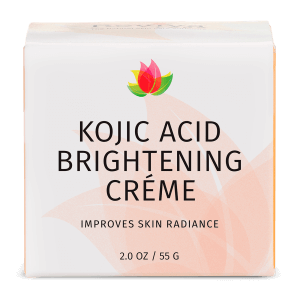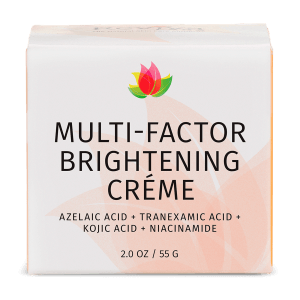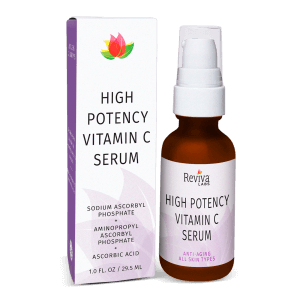Natural, Reviva Labs, Skin Care
The Hidden Triggers Behind Common Skin Problems
When it comes to our disruptions to our skin, most of us place the blame on what we apply to it—moisturizers, serums, or sunscreens. But the truth is, many common skin problems start with factors we don’t often think about. Whether its environmental toxins or internal health conditions, the skin is constantly reacting to triggers that go well beyond our skincare routines. Here’s what’s happening beneath the surface and why it matters.
Environmental Assaults: Pollution, UV Rays, and Weather Extremes
Every day, our skin is bombarded with environmental stressors. Pollution, for example, is one of the most pervasive. Fine particulate matter (PM2.5) in the air penetrates the skin barrier, leading to inflammation, premature aging, and even hyperpigmentation. A study published in JAMA Dermatology found that exposure to airborne pollutants increases age spots and wrinkles, particularly on the face and hands.
UV radiation, another common culprit, causes oxidative stress and damages the skin’s DNA. This not only accelerates aging but also increases the risk of skin cancer. Even if you’re diligent with sunscreen, prolonged exposure to sunlight can lead to chronic conditions like melasma or worse, precancerous condition known as solar keratosis.
And then there’s the weather. Cold, dry air depletes the skin’s natural moisture barrier, causing flaking and irritation, while humid climates can trigger excessive oil production and acne breakouts. Whether it’s the smog of a bustling city or the blazing heat of summer, the environment is constantly testing your skin’s resilience.
The Medications That Mess with Your Skin
Medications are another underestimated skin disruptor. Some of the most common drugs—like antibiotics, diuretics, and antidepressants—can wreak havoc on your skin. For example, isotretinoin, often prescribed for severe acne, can cause extreme dryness and sensitivity. Steroids, both topical and systemic, may lead to thinning skin, stretch marks, and even rosacea-like symptoms when overused.
Photosensitivity is another side effect to watch out for when taking medicine. Medications like doxycycline and certain antihistamines can make your skin more susceptible to UV damage, resulting in severe burns or discoloration after even brief sun exposure.
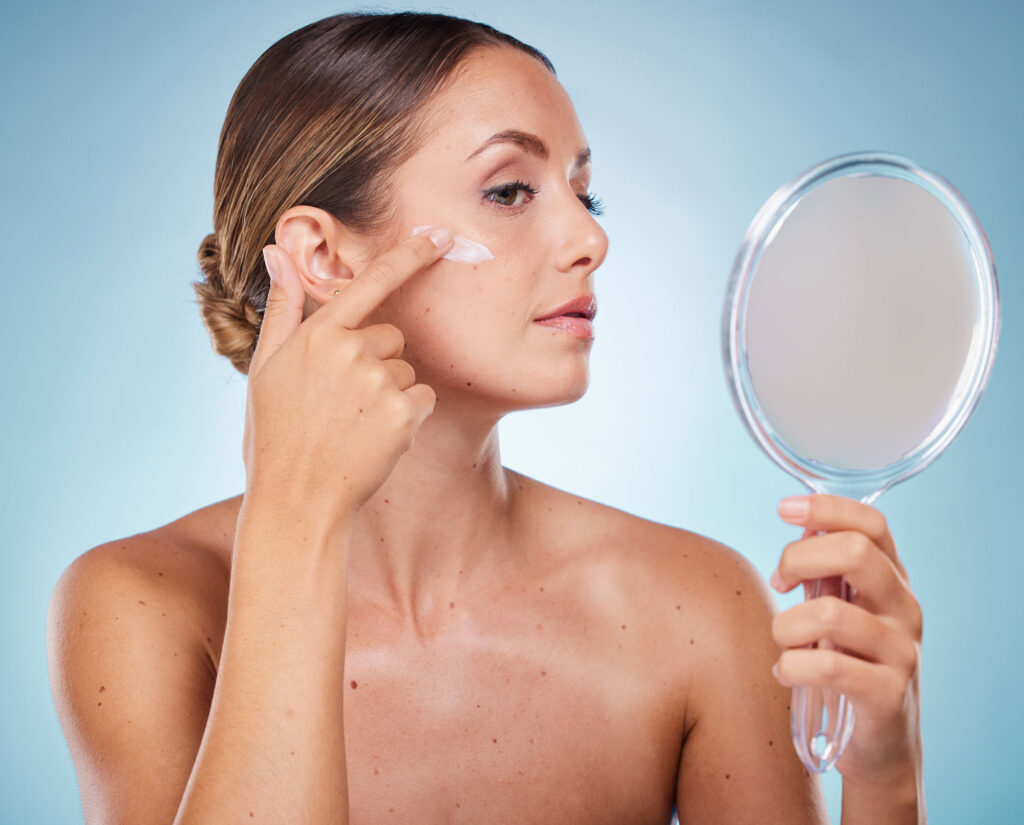
It’s worth noting that while these medications are critical for treating underlying conditions, their skin-related side effects shouldn’t be ignored. Adjusting your skincare routine or consulting with a dermatologist can help mitigate these effects while keeping your health in check.
Immune System Imbalances and Chronic Skin Conditions
When the immune system misfires, the skin often pays the price. Autoimmune disorders like psoriasis and lupus are prime examples. Psoriasis, a condition that affects about 2-3% of the global population, occurs when the immune system speeds up skin cell production, leading to red, scaly patches. Similarly, lupus can cause a butterfly-shaped rash on the face, along with sensitivity to sunlight and other chronic issues.
Eczema, or atopic dermatitis, also has strong ties to immune dysfunction. It’s not just a result of dry skin—it’s an inflammatory condition where the immune system overreacts to environmental triggers like allergens or irritants. This overreaction weakens the skin barrier, leading to persistent itching and redness.
And let’s not forget about stress. While it’s not technically an immune disorder, stress can upset our immune system and trigger flare-ups of existing conditions like acne, rosacea, and eczema. It’s no coincidence that a stressful week at work often leads to an unwelcome breakout.
Food, Allergens, and Gut Health
What you eat doesn’t just affect your waistline—it can influence your skin, too. Food allergies or sensitivities, like those to dairy or gluten, can manifest as rashes, hives, or acne. Even without a full-blown allergy, certain foods may contribute to inflammation, which can exacerbate conditions like eczema or rosacea.
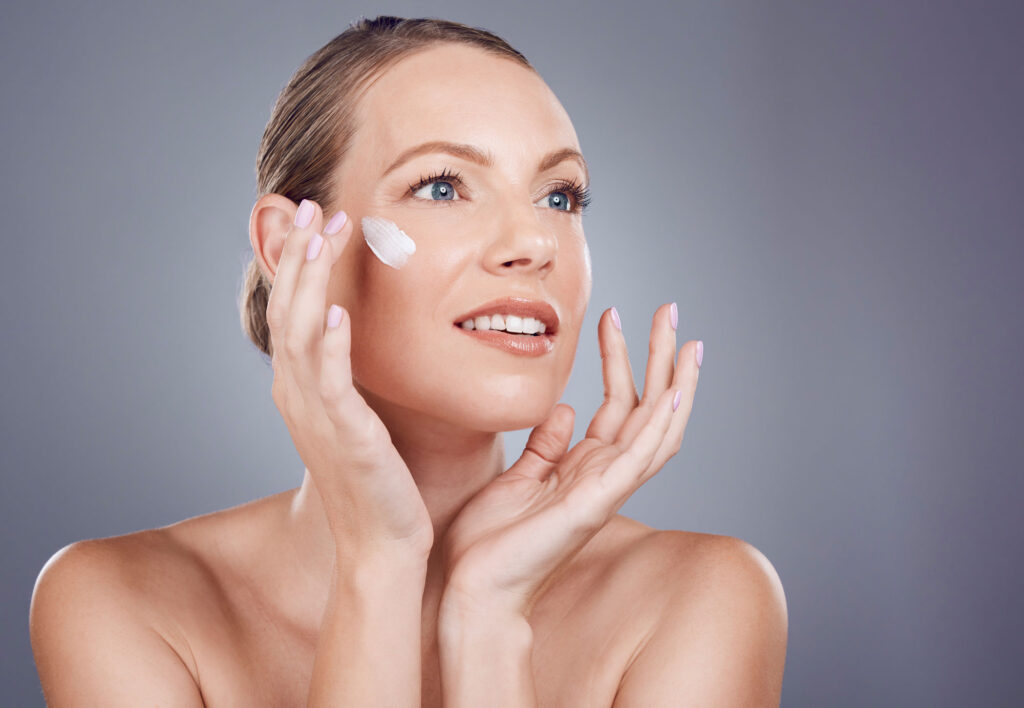
The gut-skin connection is also gaining attention in dermatology. An imbalanced gut microbiome—often caused by poor diet, stress, or antibiotics—can lead to conditions like “leaky gut,” where toxins and bacteria escape into the bloodstream. This can trigger widespread inflammation, including in the skin.
Probiotics and prebiotics can play a crucial role here. By fostering a healthy gut environment, they help reduce inflammation and promote clearer, healthier skin. Think of your gut as an ecosystem—what you feed it directly impacts the health of your largest organ: your skin.
Hormones and Their Effect on Skin
Hormonal fluctuations are another major disruptor. For teenagers, this typically means acne caused by increased androgen levels. But hormonal changes don’t end after puberty. During pregnancy, elevated levels of estrogen and progesterone can lead to melasma (often called the “mask of pregnancy”).
For women in menopause, the story is different. A decline in estrogen leads to thinner, drier skin and a loss of elasticity. Hormonal imbalances, including conditions like polycystic ovary syndrome (PCOS), can also result in persistent acne, hirsutism (excess hair growth), or hair loss.
Managing hormonal skin issues often requires a combination of targeted skincare and medical intervention. Topical retinoids, for example, can help with acne and aging, while hormonal therapies may address the root cause.
Everyday Habits That Might Be Sabotaging Your Skin
Sometimes, the most mundane habits have the biggest impact. Sleeping on dirty pillowcases, for instance, can lead to breakouts, while over-exfoliating can damage the skin barrier, making it more susceptible to irritation and infection.
Even something as simple as touching your face throughout the day can transfer bacteria and oils, leading to clogged pores. And let’s not forget about screen time. Blue light from digital devices may contribute to premature aging and hyperpigmentation, although more research is needed to confirm its long-term effects.
The key here is awareness. Small changes—like cleaning your phone screen regularly or switching to a silk pillowcase—can make a noticeable difference over time.
How to Protect and Restore Your Skin
The good news? Your skin is remarkably resilient when given the right support. Antioxidants like Vitamin C can help combat oxidative stress from pollution and UV rays. Creams rich in nourishing essential fatty acids, and hyaluronic acid work wonders for repairing a compromised skin barrier.
For conditions triggered by internal factors, a holistic approach is often best. This might mean working with a healthcare provider to address underlying issues while tailoring your skincare routine to your specific needs.
And don’t underestimate the power of prevention. Regular sunscreen use, a balanced diet, and stress management can go a long way in keeping your skin healthy and glowing.
Your skin is your body’s first line of defense, and while it faces countless challenges, there’s a lot you can do to support it. With a little knowledge and a proactive approach, you can help your skin weather the storms—both environmental and internal.



